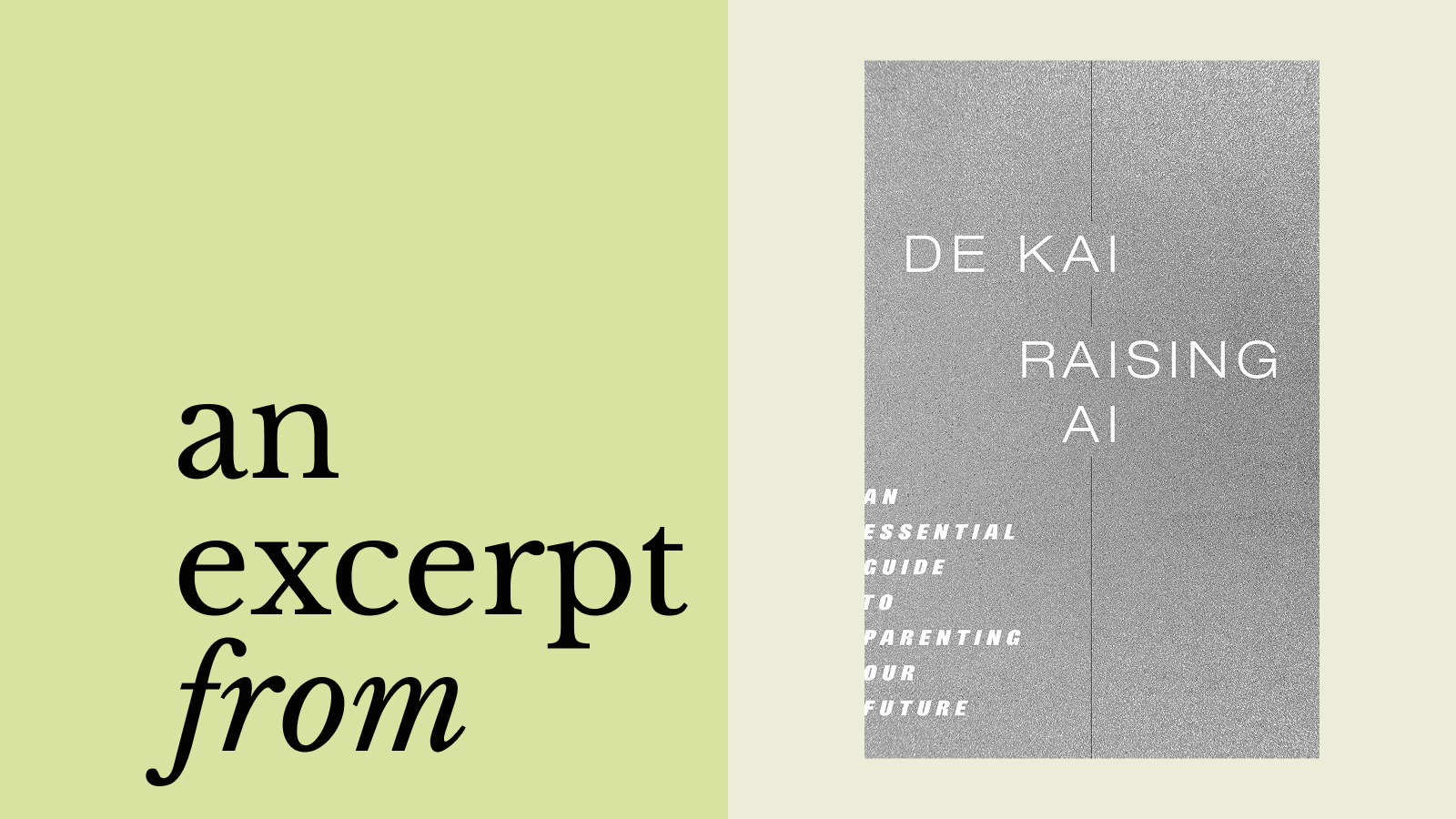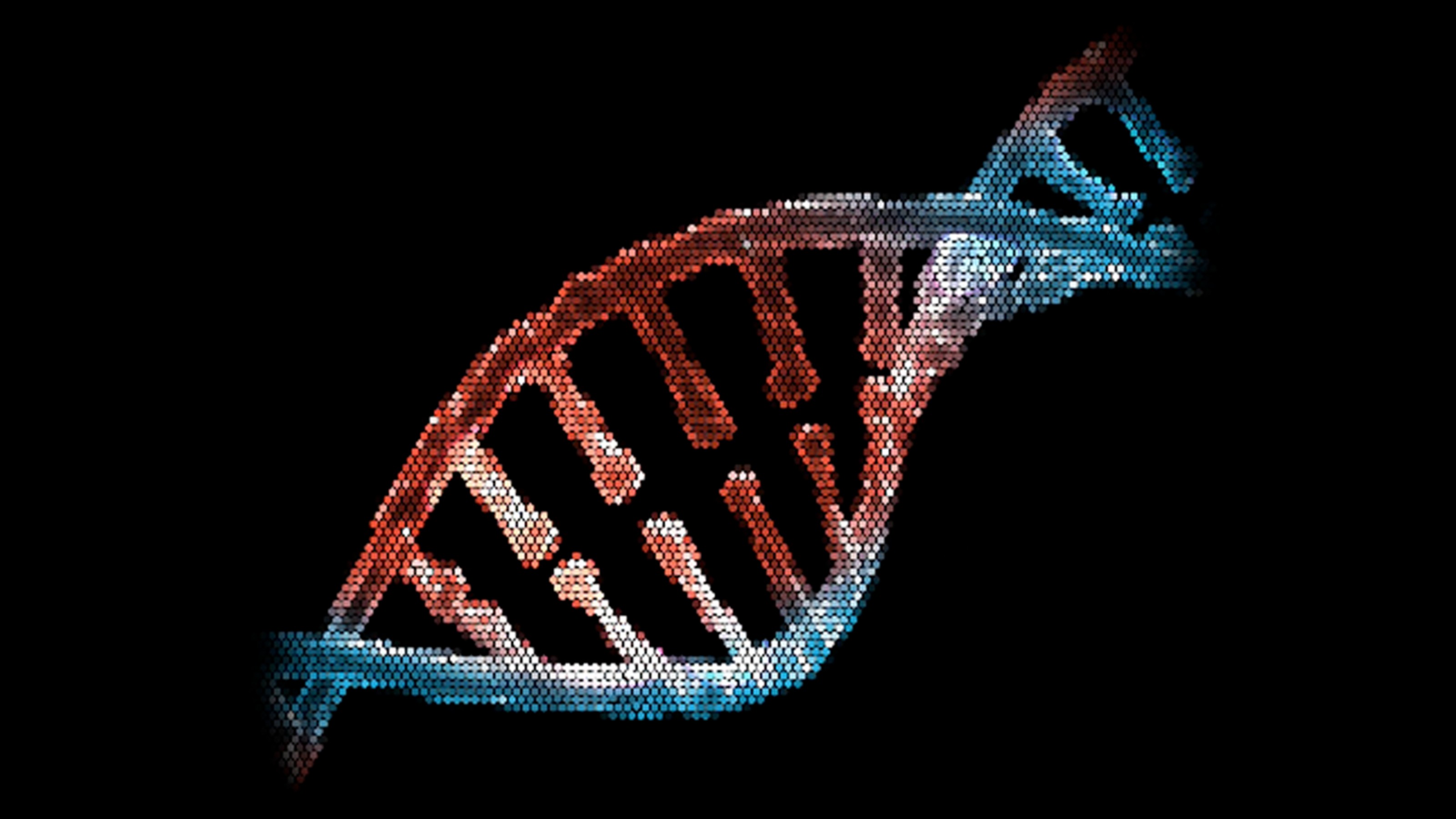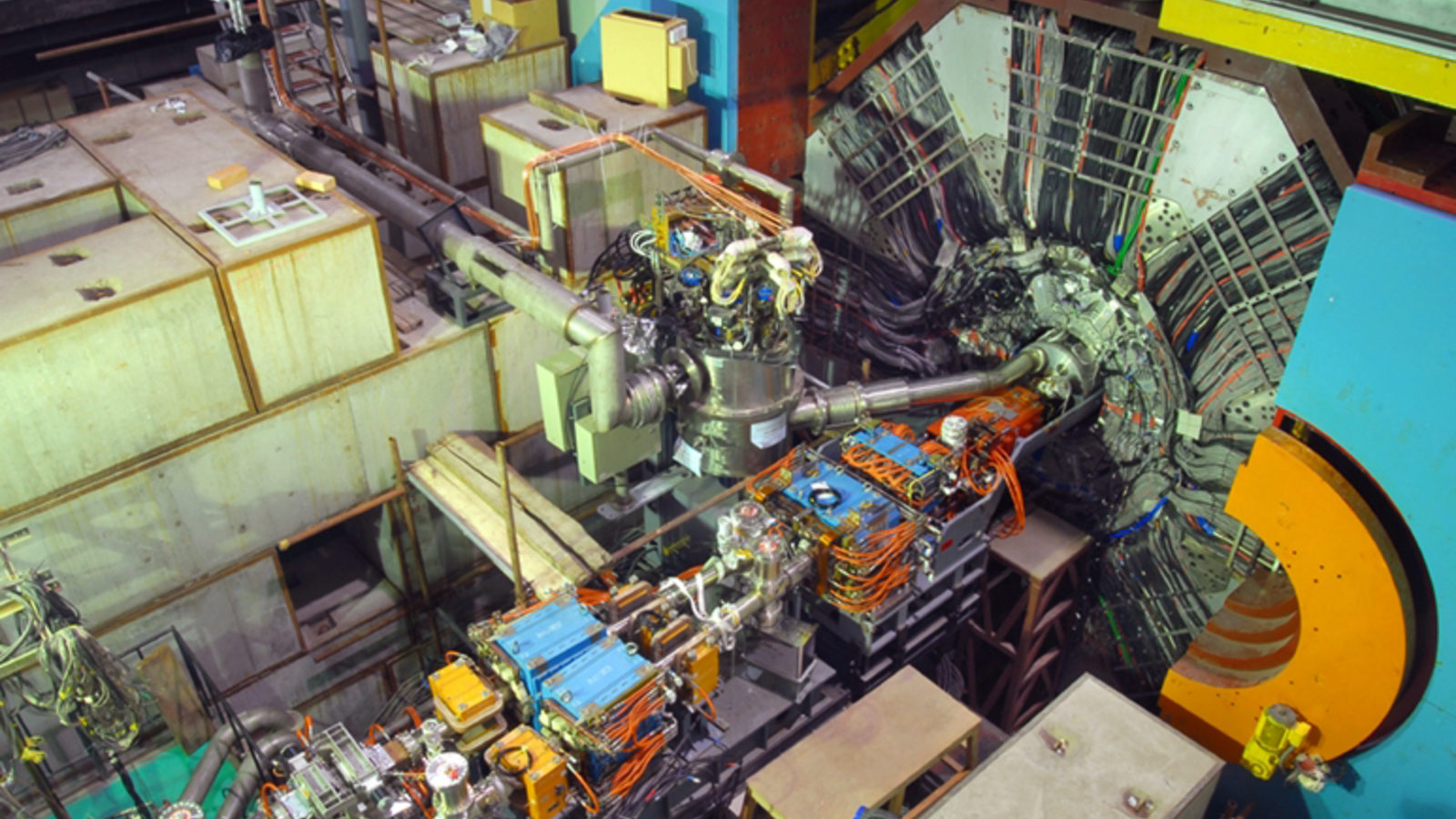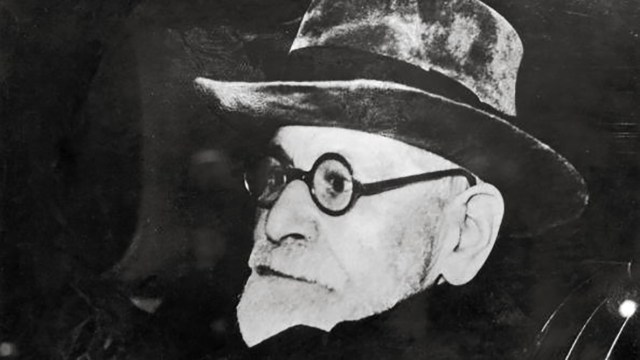Computer Plays Chess without Brute-Forcing Solutions
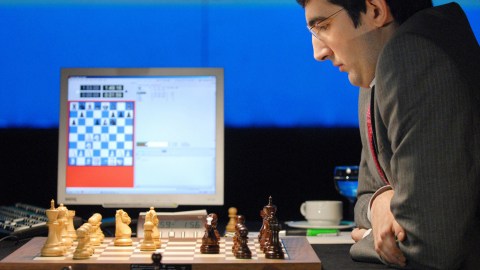
Matthew Lai has developed an AI that approaches the game of chess more like a human.
Until recently, conventional chess-playing computers have won chess match after chess match merely through brute force — that is, considering all possible moves to find which one would most optimal. It’s the method IBM’s Deep Blue used to beat world chess champion, Gary Kasparov. It had to search through somewhere around 200 million positions per second to find the next optimal move. This processing power is beyond human, sure, but it’s a waste of energy. Compare that to Kasparov, who managed to keep up, even though his brain was only able to consider a handful of moves each second. The trick is that Kasparov’s brain was able to narrow the field of search, whereas conventional computers that need to consider all possible moves lack this trait. Well, until now.
For machine learning, as Microsoft Director of Search Stefan Weitz explains, there’s a major difference between a search engine that can critically analyze your search queries rather than simply scouring the web’s index of results, which is exactly what sets Lai’s creation apart from the rest.
Working out of Imperial College London, he developed the AI named Giraffe that works off of a neural network — a system based on a connection of numeric weights that can be adapted and tuned to produce a specific output when a certain input is given.
There’s a saying in the electrical engineering field: You can never have too much data. It’s because of these large datasets that scientists are now able to build these deep-learning machines that can play poker and Minecraft.
Lai’s chess machine can compete with the best of them and at the same time eliminates the unnecessary searches done by conventional brute-force chess computers.
Lai wrote in his paper:
“With all our enhancements, Giraffe is able to play at the level of an FIDE International Master on a modern mainstream PC. While that is still a long way away from the top engines today that play at super-Grandmaster levels, it is able to defeat many lower-tier engines, most of which search an order of magnitude faster.”
While Lai didn’t have time to explore the potential of porting this AI to other games, he believes the approach used in this project “can easily be ported to other zero-sum, turn-based board games, and achieve state-of-art performance quickly, especially in games where there has not been decades of intense research into creating a strong AI player.”
It will be interesting to see what game his Giraffe AI conquers next.
—
Natalie has been writing professionally for about 6 years. After graduating from Ithaca College with a degree in Feature Writing, she snagged a job at PCMag.com where she had the opportunity to review all the latest consumer gadgets. Since then she has become a writer for hire, freelancing for various websites. In her spare time, you may find her riding her motorcycle, reading YA novels, hiking, or playing video games. Follow her on Twitter: @nat_schumaker
Photo Credit: HENNING KAISER / Getty Staff

